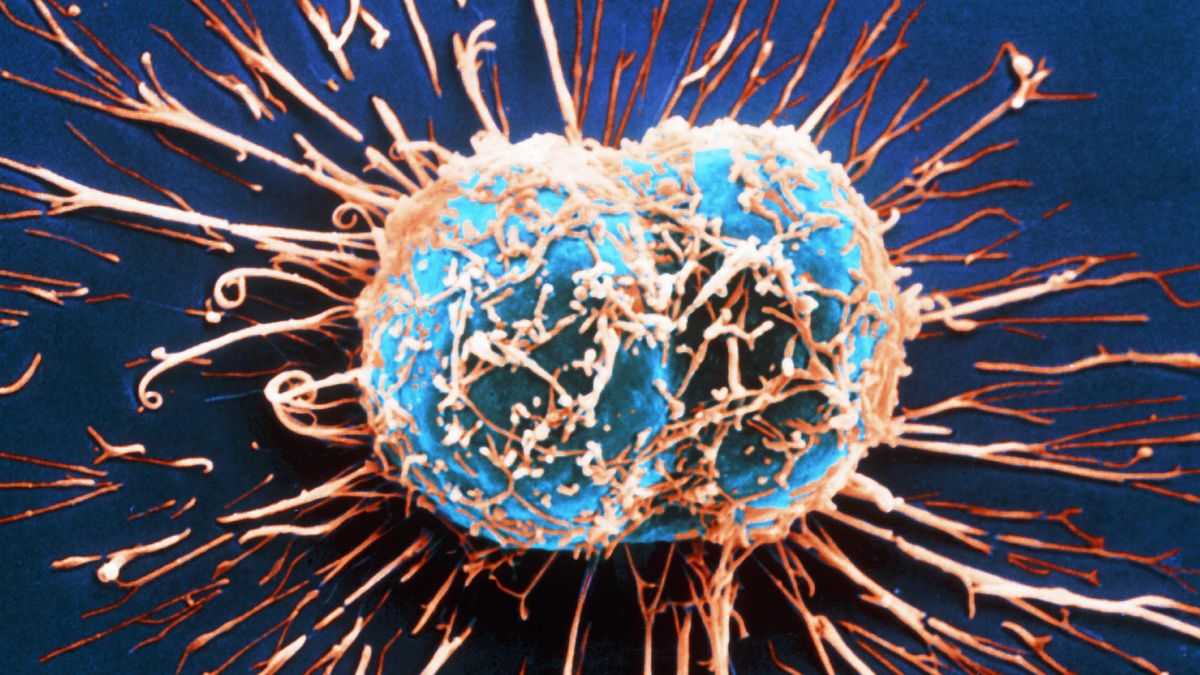
The question of how sugar affects the metabolism of cancer cells has been discussed by scientists for many years. At the beginning of the last century, the German scientist
Otto Warburg discovered that cancer cells gain energy through the process of glycolysis. During this process, glucose is split without oxygen. One of the reaction products is lactic acid. However, energy is produced little, but lactic acid produces a large amount.
Warburg, examining cancer cells, found that the level of glycolysis in them can be 200 times higher than in normal, healthy tissues. That is why the scientist decided that the cause of cancer is a metabolic disorder in the cells. After some time, it was proved that this was not at all the case; cancer caused mutations in various genes. But what role does sugar play in all this and where is lactic acid?
Now this question is a little cleared up. Since 2008, a group of scientists from the Netherlands and Belgium
has been studying the process of processing sugar by cancer cells. Tumors do turn a huge amount of sugar into lactate, more than normal cells of healthy tissues. Initially, scientists suspected a link between glucose and the Ras gene family. Errors in these genes lead to the development of a tumor and the formation of metastases.
Professor Johan Thevelein of the Flemish Institute of Biotechnology (VIB) became the lead researcher of this project. Together with his colleagues, he began to study the change in Ras genes on the example of a yeast culture. Scientists decided to use single-celled organisms to eliminate the possibility of errors when working with much more complex mammalian cells. In these cells are regulatory processes, a large number of them, in contrast to yeast cells.
The results of their work, scientists have stated in an
article in the journal Nature Communications. In particular, the study authors argue that the breakdown of sugar in yeast and cancer cells occurs in steps. One of the key elements here is a substance called fructose 1,6-bisphosphate. At high-speed glycolysis of this substance a large amount accumulates. And it is exactly 1,6-fructose biphosphate that becomes the key factor for the activation of Ras proteins. And proteins, as already mentioned, stimulate the rapid reproduction of cells. Well, for this rapid reproduction need energy, which is obtained from the cells ... right, sugars, split in the process of glycolysis.
Scientists were able to understand that the process of cellular nutrition of this type creates a cycle from which it is impossible to exit. Appeared cancer cells cause the manifestation of high-speed glycolysis. And this process, in turn, stimulates the appearance of even more cancer cells. Thus, the team was able to show that the so-called Warburg effect makes the tumor more aggressive.
“The work shows that fast consumption of sugar by cancer cells stimulates the development of the disease and the rapid growth of the tumor. Obviously, the link between sugar and cancer is clear, it has far-reaching consequences, ”says Tevelein
in the description of the results of her team’s work.
It is worth noting that before this study, some experts argued that sugar does not affect the development of tumors. The authors of the current study indicate that sugar can be the stimulus for the development of cancer cells. It is interesting that in naked diggers, animals that are believed to be resistant to the development of cancers, complex sugars are produced in the body - cancer cells cannot use them. Maybe this is one of the reasons why excavators almost never get sick with cancer.
 Photographs of past aristocratic tissues with clear signs of cancer. Source: Lancet
Photographs of past aristocratic tissues with clear signs of cancer. Source: LancetBy the way, not only modern people are sick with cancer. Tumors in the organisms of people who lived hundreds of years ago were
discovered by specialists from the University of Pisa . Scientists here studied the mummified remains of members of the court during the kings of the Aragon dynasty (XV-XVI centuries). As it turned out, the number of cancer patients is quite large. Among those with cancer were King Ferdinand I of Aragon, Prince Luigi Carafa and Duke Ferdinand Orsini. In the course of the research, 11 mummies were studied, and about a third of the remains of cancer were found.